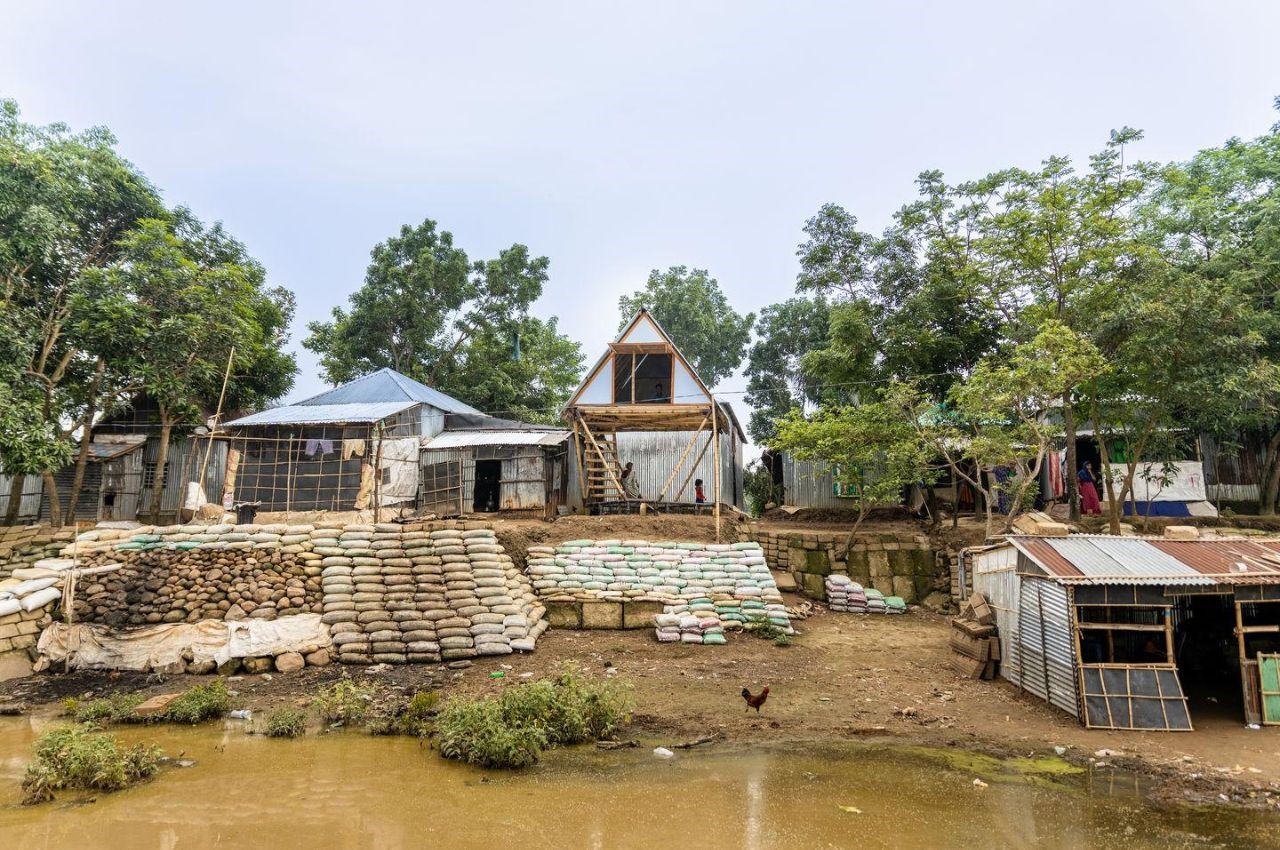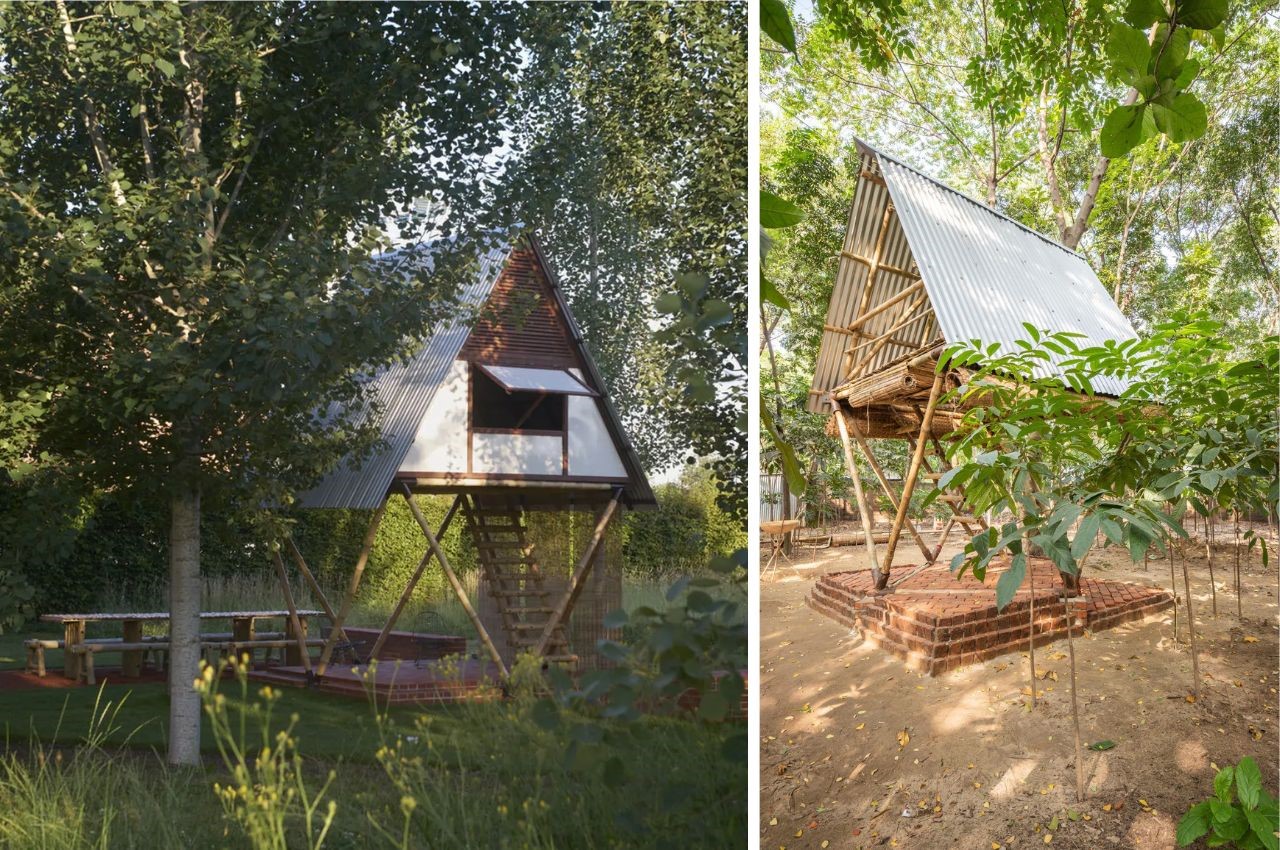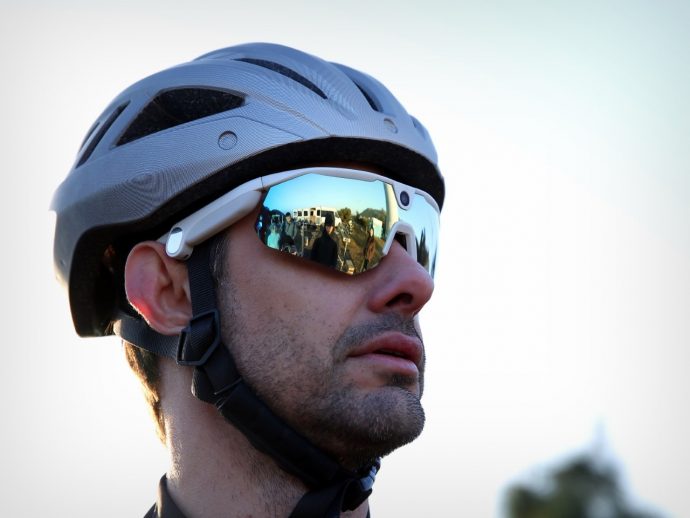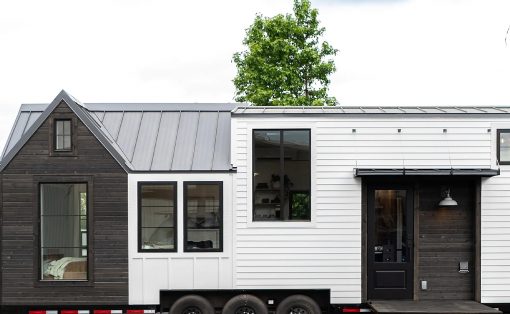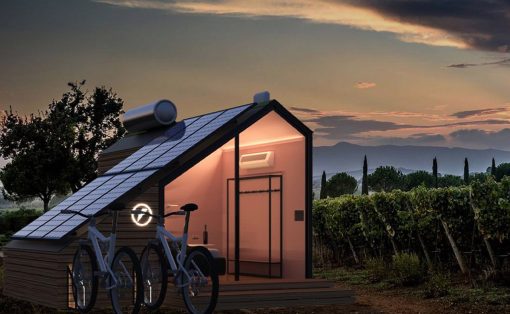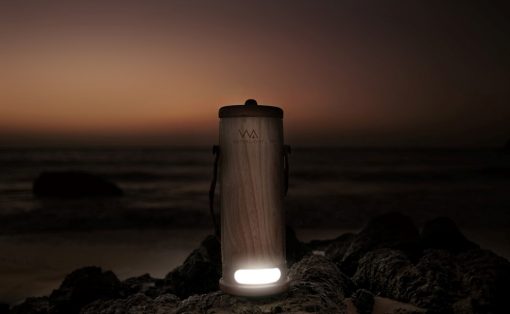
Bangladesh, a country where up to 80% of the land is classified as floodplain, faces significant challenges with flooding, impacting its population of around 170 million. In response to this critical issue, Bangladeshi architect Marina Tabassum, in collaboration with engineers AKT II, has created the Khudi Bari—a simple, low-cost, and highly functional tiny house designed to offer a safe and affordable home adaptable to the country’s challenging conditions.
Designer: Marina Tabassum and AKT II
The Khudi Bari, meaning “small house” in Bengali, stands out for its innovative and practical design. Raised above the ground and accessed via a ladder, this tiny house is not built on wheels but is designed to be easily assembled, dismantled, and relocated without the need for specialist tools. This feature is particularly crucial for Bangladeshi residents who need to quickly move to higher ground to escape encroaching floodwaters.
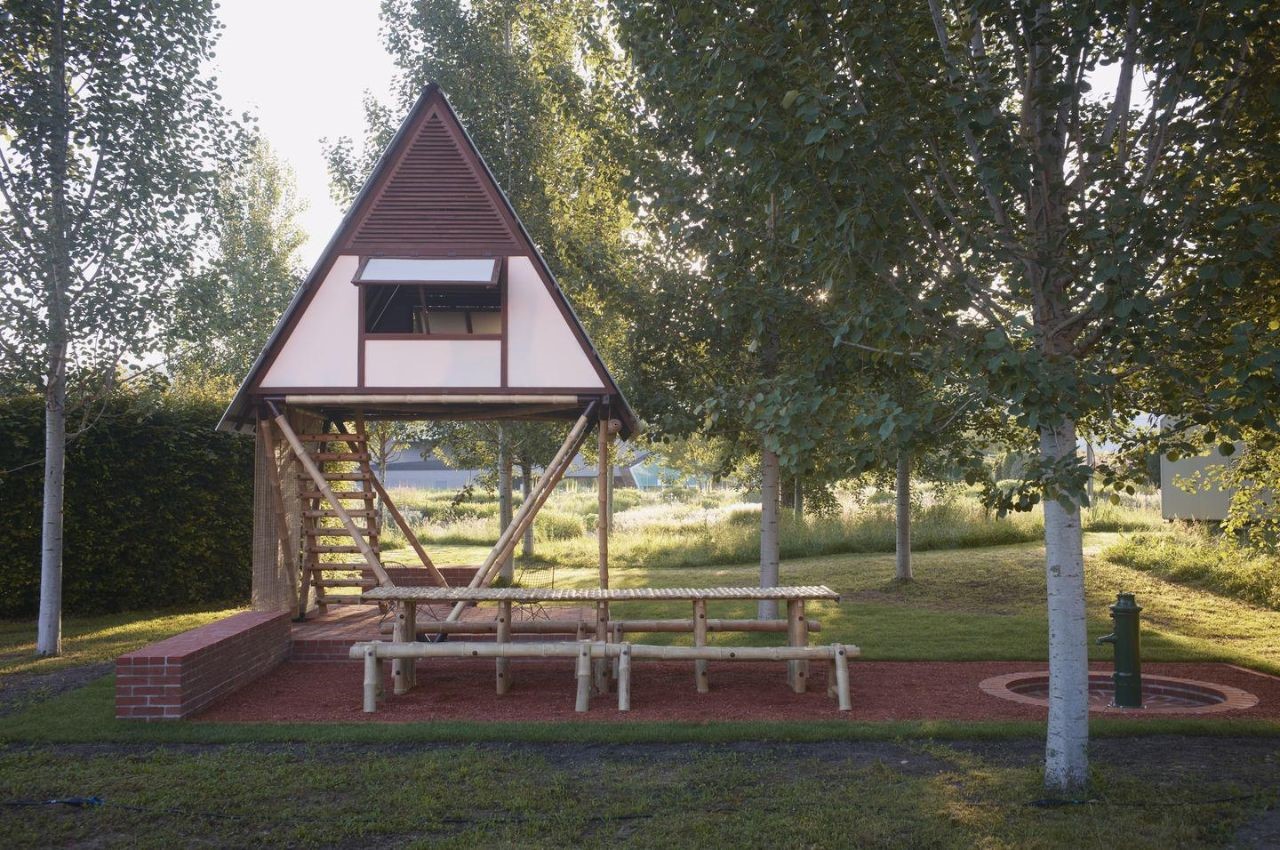
The construction of this house prioritizes sustainability and local resource utilization. The primary building material is bamboo, complemented by prefabricated recycled aluminum nodes that allow for easy assembly. The walls and roof can be sourced locally and crafted from materials such as polycarbonate and metal. This approach not only reduces costs but also supports local economies.
The interior of the Khudi Bari ranges from 64 sq ft (5.95 sq m) to 144 sq ft (13.4 sq m), consisting of a single, versatile room. This space can be adapted to meet the needs of its occupants, with the area beneath the raised house available for additional living space if necessary. Despite its simplicity, the Khudi Bari provides a dignified living environment for those in need.
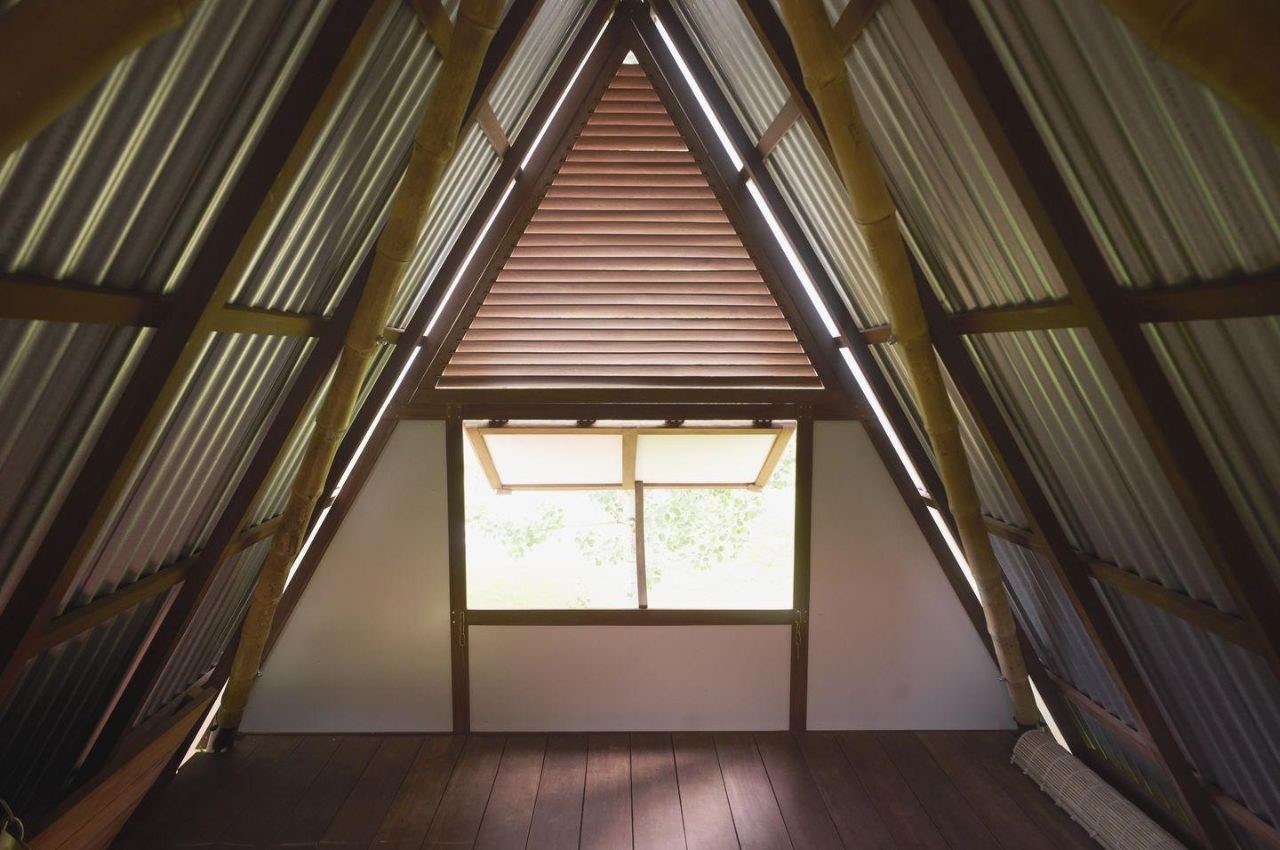
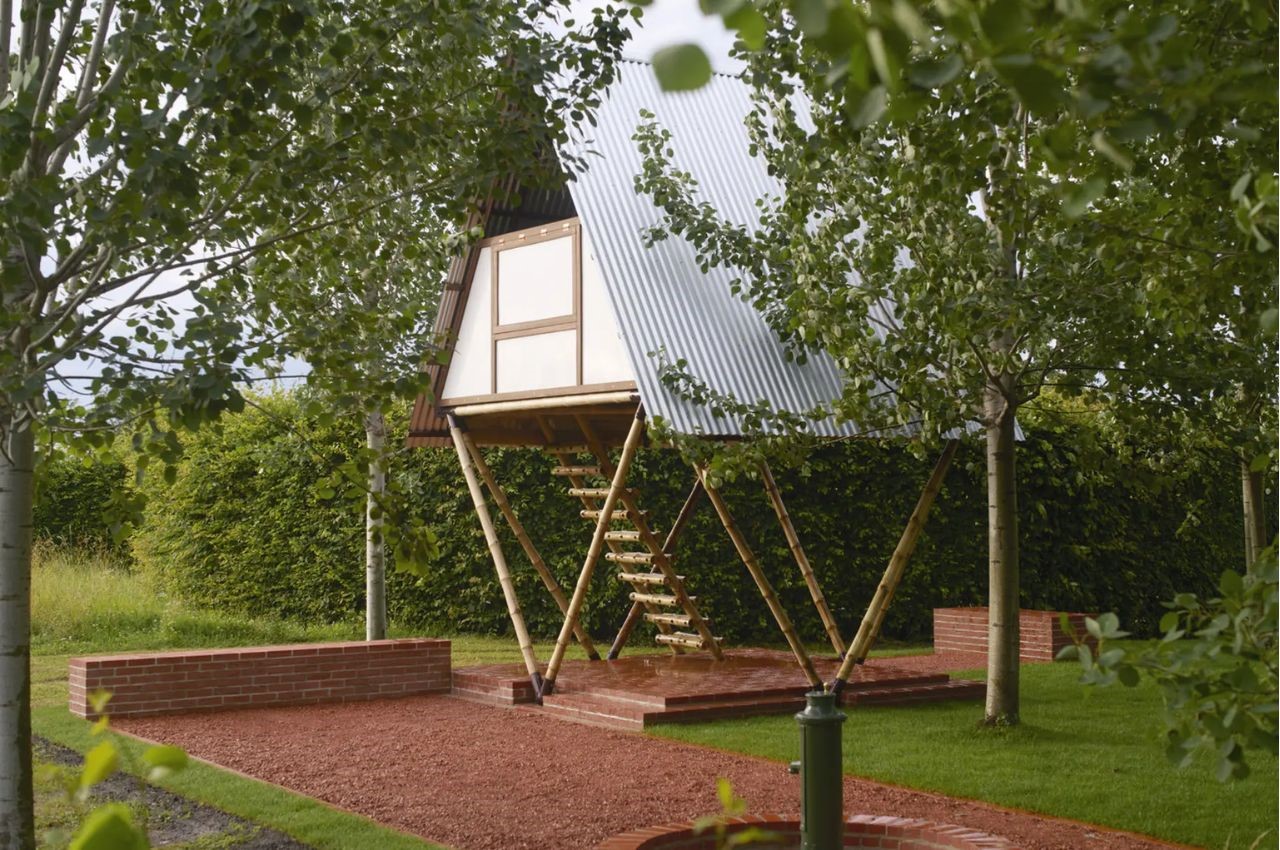
The Khudi Bari is not just a conceptual design, it has been put into real-world use. Over 100 units have already been deployed throughout Bangladesh, significantly improving the living conditions for vulnerable populations. The project has been carried out in collaboration with relief organizations and community groups, demonstrating a successful model of community-driven, sustainable architecture.
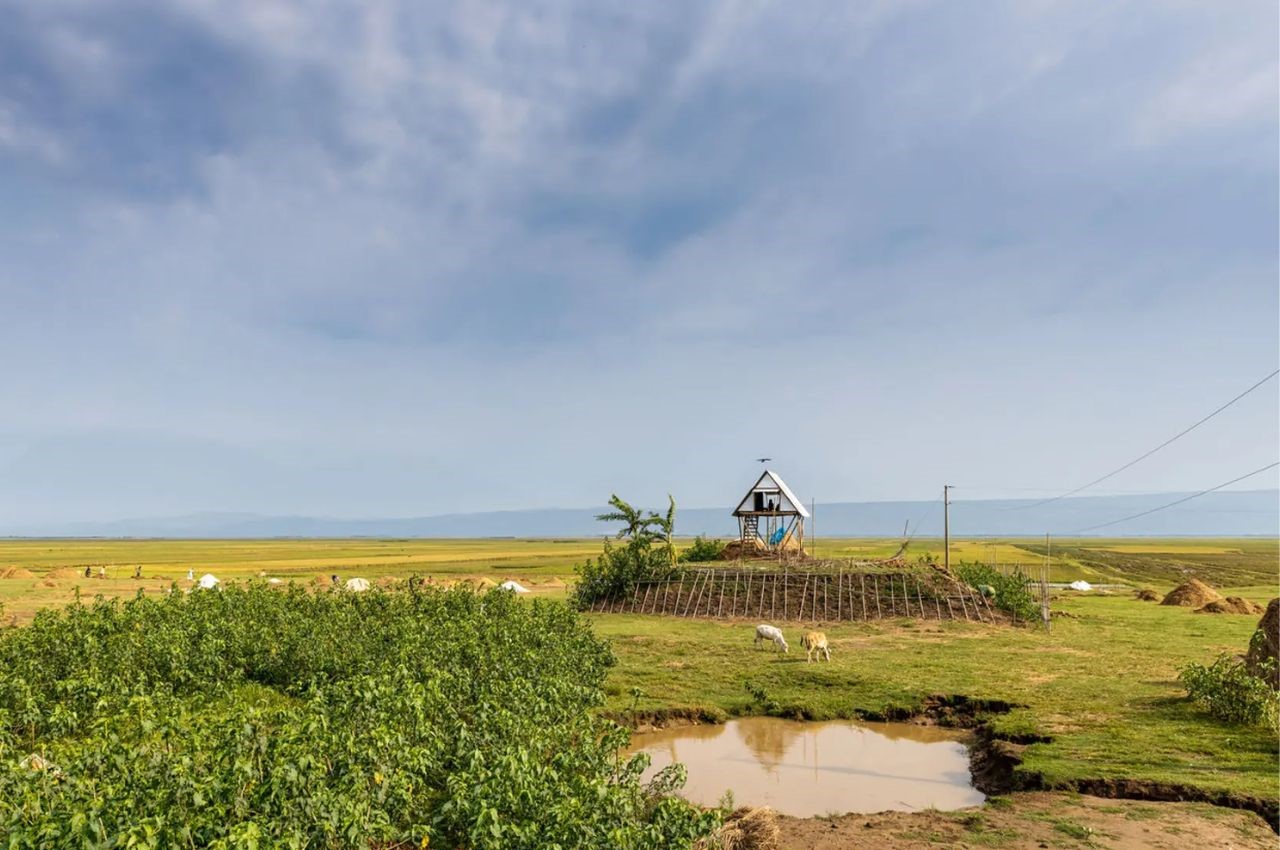
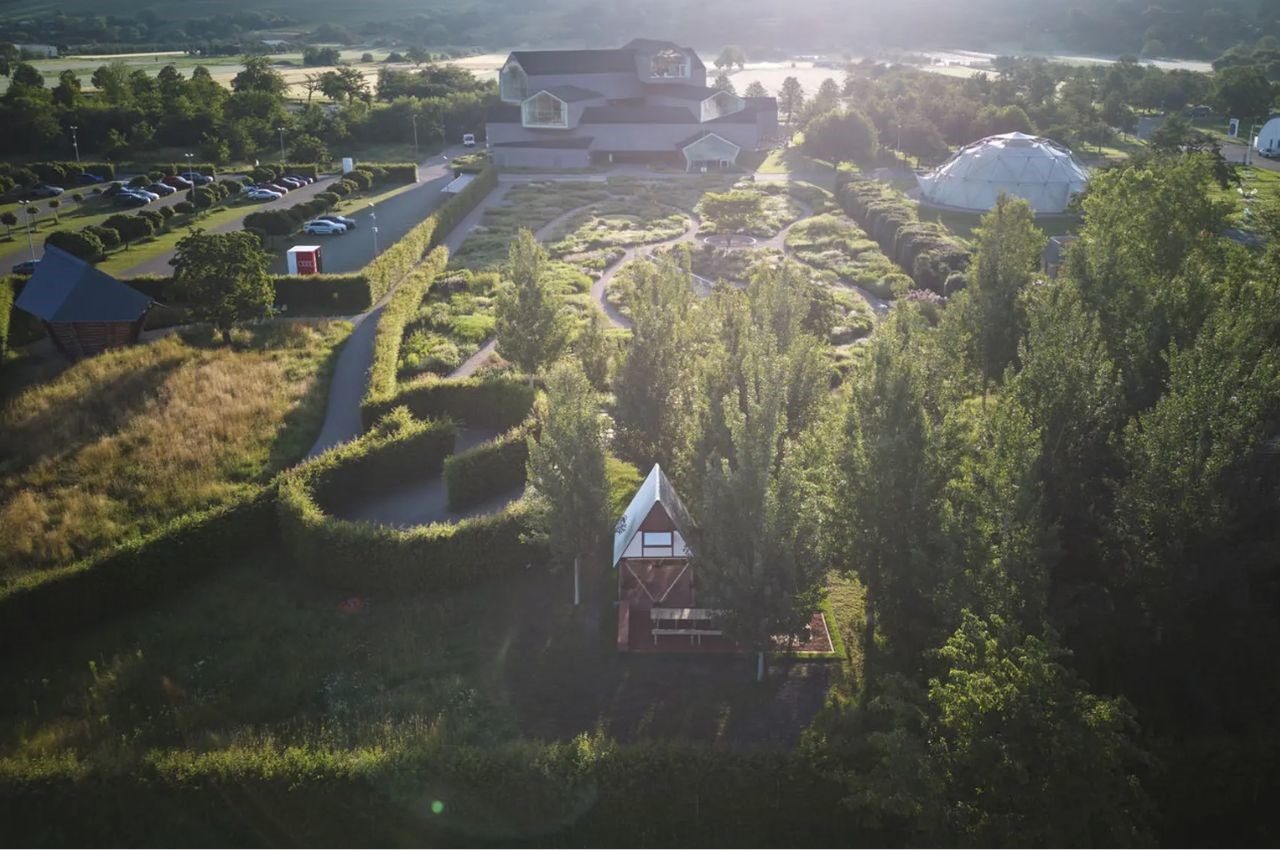
One of the units is currently showcased at the Vitra Campus in Germany, an exhibition space run by the renowned furniture maker Vitra, known for featuring exceptional architectural designs. This international exposure highlights the global relevance and innovative nature of the Khudi Bari project.
While the exact cost of each unit is not specified, initial prototypes were produced for around £300 (approximately US$380). Efforts are ongoing to further reduce this cost, making the Khudi Bari even more accessible to those in need. This initiative is part of a broader trend in architecture aimed at addressing the impacts of climate change, with similar projects like the Floating Bamboo House and Blooming Bamboo House also contributing to sustainable and resilient housing solutions.
